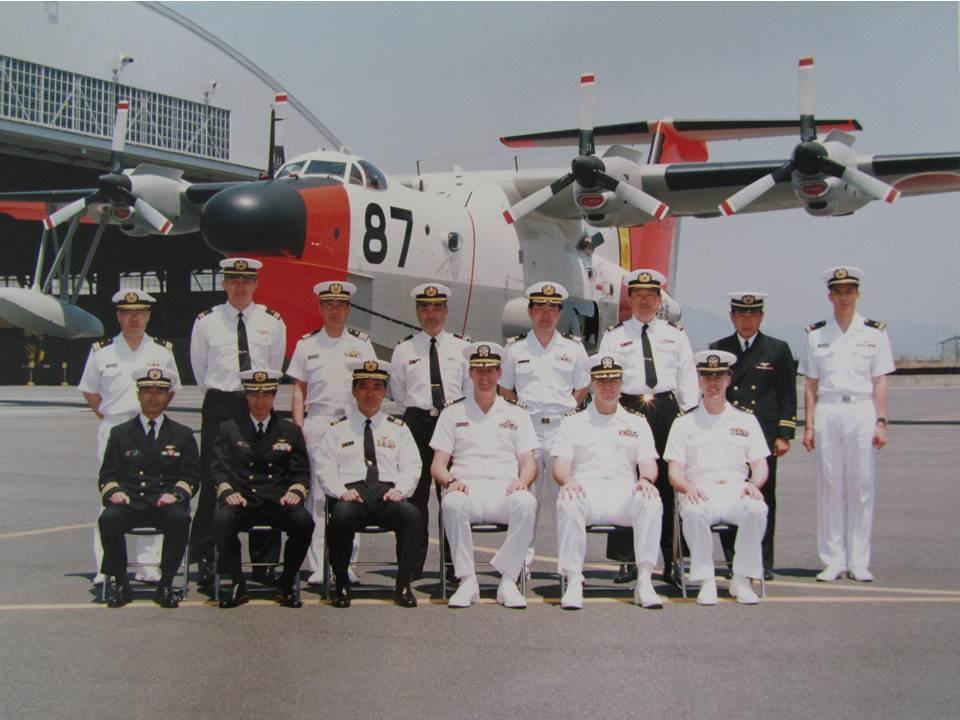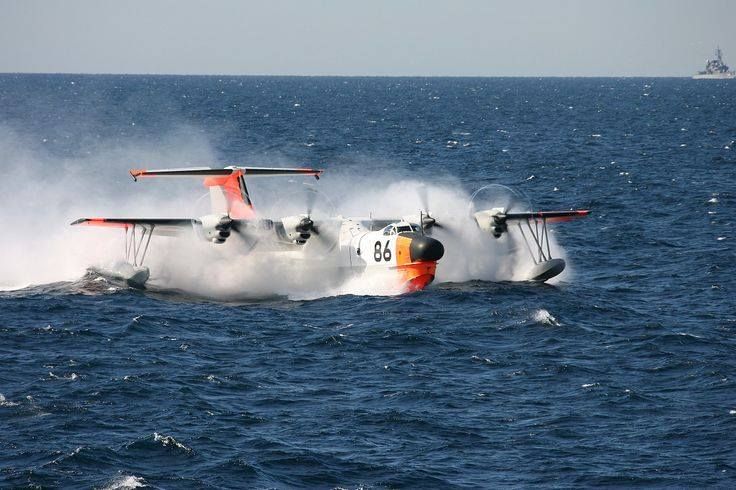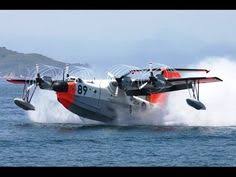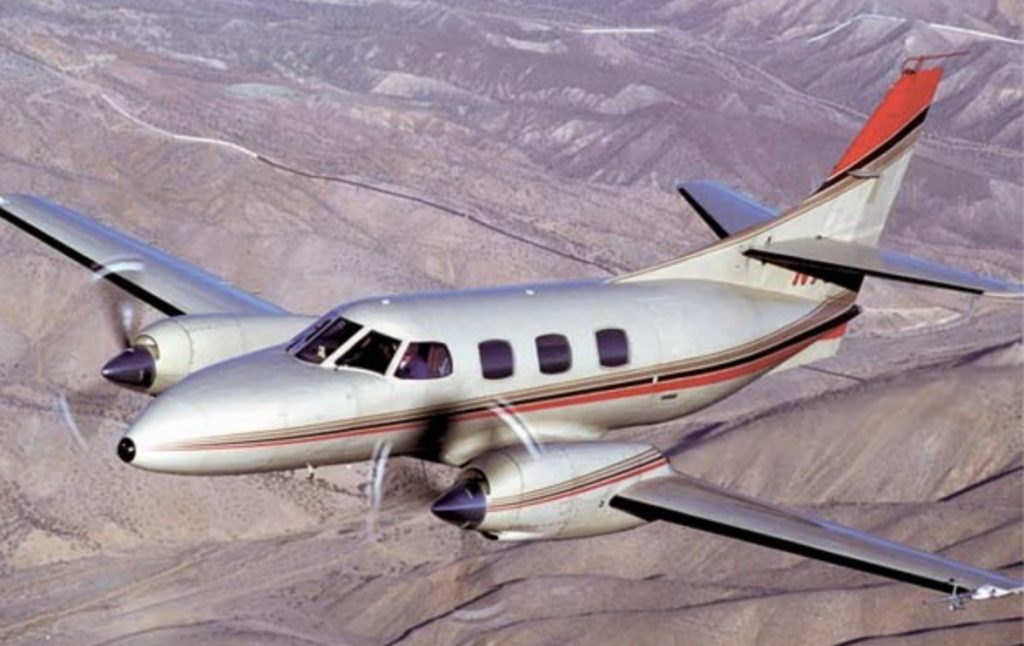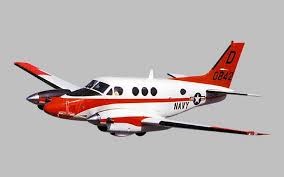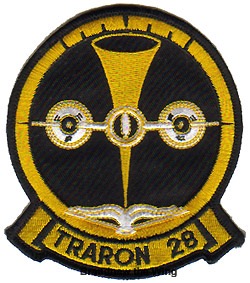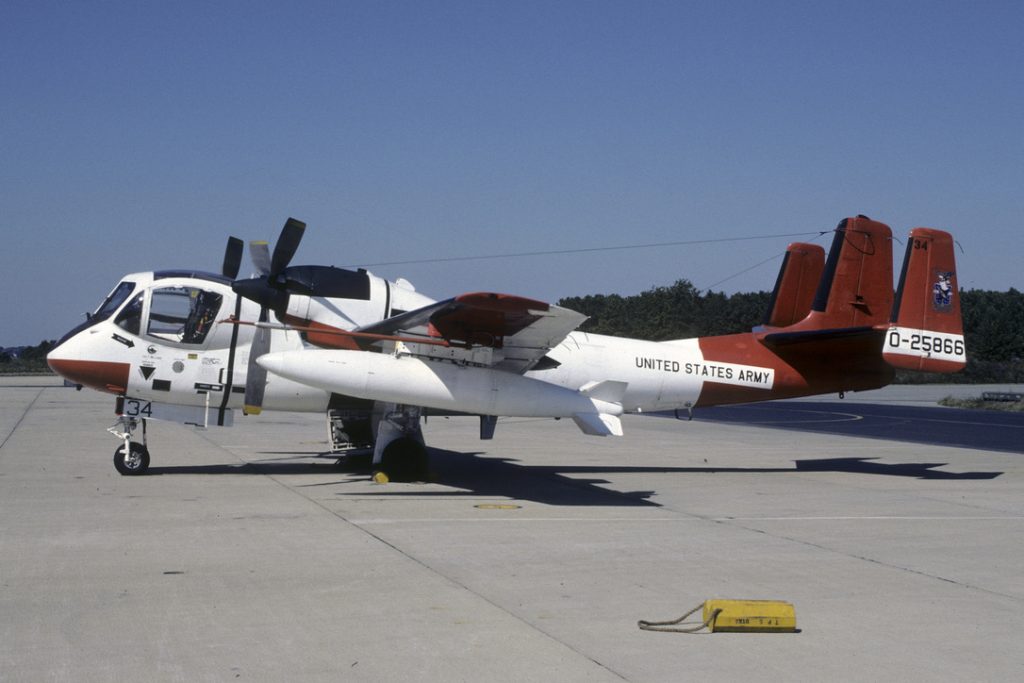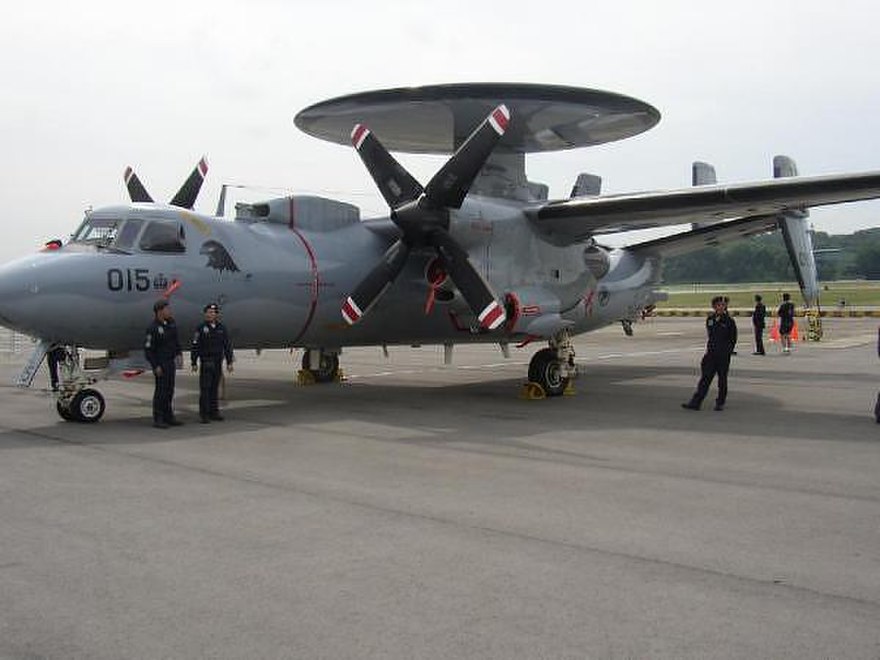
Aircraft Information
Aircraft Make: Grumman
Aircraft Model: E-2C
Aircraft Nickname: Hawkeye
Aircraft Mil Civ Description: Airplane ME Turboprop
Category: Airplane
Class: Multi Engine Land
Engine Description: Twin Engine
First Flown Information
Sequence First Flown: 0
Date First Flown: 06/02/1988
Location First Flown: NAS Patuxent River, MD
Who and/or What Organization First Flown With: Force Warfare, Trudell
Aircraft Experience
As of: 05/09/2020
Number of Hours Flown: 4
Number of Times Flown: 2
Other Aircraft Models Associated:
Recollections:
–Hmmmm….what I remember most about my first flight was how poor–compared to what I had in my trusty P-3–the “Situational Awareness” (SA) was for the pilots up front. My memory was that they were almost wholly dependent on the operators in the back for instructions and information, all passed verbally. But, it was a prop, so it was fun to fly.
–I flew it one more time…this time 3 days into Desert Storm when I conned myself a ride. This experience reaffirmed my impression that the airplane needed a “TAC display” big-time but I also was simply amazed at the skill of the pilots (and the NFO’s) keeping track of a myriad of comm nets. I couldn’t keep track of 2 and I think they were talking to 3 or 4 at the same time.
